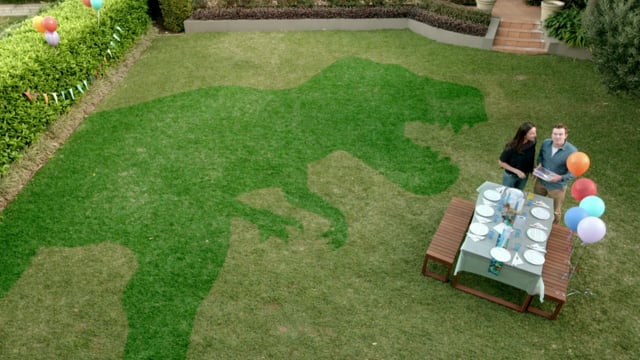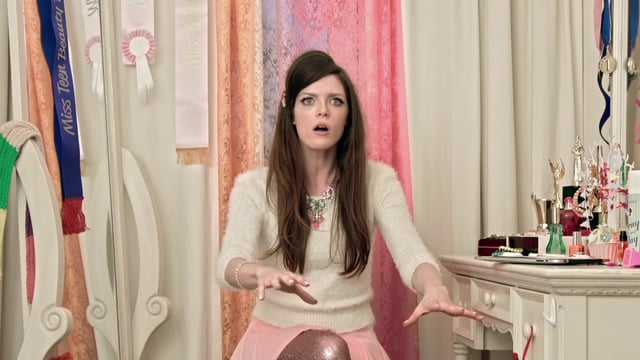Drone, drone…groan?
So just about every video you see now has drone footage.
Are we over using this new device just for the sake of it?
What about Cranes, Jibs… Grips!
So what is this type of shot (high and wide) used for traditionally in film making,
Well let’s look at film basics;
Firstly you want to show your audiences where they are with an establishing shot, high and wide of the location that the scene is about take place in.
More often then not a camera would be a crane with a hothead (Hothead controls pan and tilt).
So we see a high wide shot of a small town as the crane moves down we use the hothead to pan and tilt the camera to bring us into say a loose mid shot as a car pulls in and two actors get out.
What is involved in this set up…
A Grip and at least one assistant to assemble the crane and wheel into place as directed by the DOP.
A hothead operator and a camera assistant to rig the camera to the crane.
A video split op to rig the cables to a monitor.
And lets not for get the 1st AC who would rig a wireless (or cabled) focus assist to the set up.
We are talking about 6 crewmembers and at least 2 hours to be ready to shoot.
Lets bring in a drone.
1 x drone operator who already has a wireless video signal for monitoring so 1 x BNC cable from the drone op to the directors monitor and you’re away.
Set up time ½ hour – 1 x crewmember.
Ok you say this works, less $$ out of the budget, less crew, win, win.
But what do we loose? Depth of field – perhaps but is that an issue for this type of shot.
What do we gain? Flexibility and movement, higher wider shots, all in one shots.
So lets look at the same shot with the use of a drone;
The drone is hovering high and wide establishing a small town as we fly the drone down and in, our car pulls into shot and the two actors get out of the car, with the crane set up our shot finishes there, with the drone the possibilities are nearly endless… we can follow the actors as they leave the car and walk up the path to a house.
We can do this from behind and follow or we can fly around the front and lead them up to the house all in one shot, hang on did we just get rid of the Steady cam guy and or the Grips with the camera on a dolly!
There are endless uses for the drone, which have simplified filmmaking.
One instance that we could have used a drone is in a TVC we shot for a Victa campaign. Have a look and then we can discuss… http://www.wearecontentmedia.com.au/showreel-category/tvc/
We shot this on a RED camera at 6k highest available at the time on a 14mm lens.
The camera was on top of a ladder pod on a dolly extender arm so we could position the camera away from the ladder and give us the feel the we were overhead looking down.

